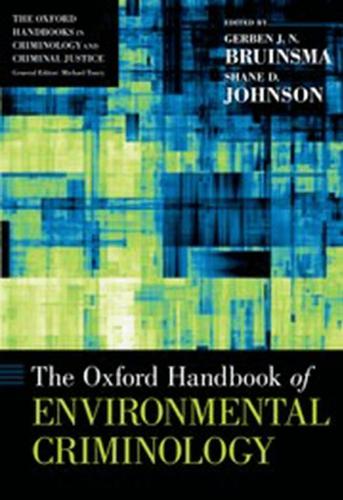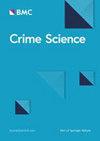人工智能驱动的未来犯罪
IF 2.6
Q1 CRIMINOLOGY & PENOLOGY
引用次数: 0
摘要
为确定人工智能和相关技术在犯罪中的可能应用,进行了一次审查。收集到的实例被用于设计犯罪应用的近似分类法,以评估其相对威胁程度。这项工作的高潮是举办了为期两天的 "人工智能与未来犯罪 "讲习班,来自学术界、警方、国防、政府和私营部门的代表参加了讲习班。研讨会的任务是:(i) 对人工智能的日益普及和强大所带来的潜在犯罪和恐怖威胁进行分类;(ii) 根据对受害者的预期伤害、犯罪收益、犯罪可实现性和挫败难度对这些威胁进行排序。确定并评定了 18 类威胁。评级最高的六类威胁中,有五类具有广泛的社会影响,如涉及人工智能生成的虚假内容,或可通过使用人工智能自动化进行大规模运作;第六类是滥用无人驾驶汽车技术进行恐怖袭击。本文章由计算机程序翻译,如有差异,请以英文原文为准。

AI-enabled future crime
A review was conducted to identify possible applications of artificial intelligence and related technologies in the perpetration of crime. The collected examples were used to devise an approximate taxonomy of criminal applications for the purpose of assessing their relative threat levels. The exercise culminated in a 2-day workshop on ‘AI & Future Crime’ with representatives from academia, police, defence, government and the private sector. The workshop remit was (i) to catalogue potential criminal and terror threats arising from increasing adoption and power of artificial intelligence, and (ii) to rank these threats in terms of expected victim harm, criminal profit, criminal achievability and difficulty of defeat. Eighteen categories of threat were identified and rated. Five of the six highest-rated had a broad societal impact, such as those involving AI-generated fake content, or could operate at scale through use of AI automation; the sixth was abuse of driverless vehicle technology for terrorist attack.
求助全文
通过发布文献求助,成功后即可免费获取论文全文。
去求助
来源期刊

Crime Science
Social Sciences-Cultural Studies
CiteScore
11.90
自引率
8.20%
发文量
12
审稿时长
13 weeks
期刊介绍:
Crime Science is an international, interdisciplinary, peer-reviewed journal with an applied focus. The journal''s main focus is on research articles and systematic reviews that reflect the growing cooperation among a variety of fields, including environmental criminology, economics, engineering, geography, public health, psychology, statistics and urban planning, on improving the detection, prevention and understanding of crime and disorder. Crime Science will publish theoretical articles that are relevant to the field, for example, approaches that integrate theories from different disciplines. The goal of the journal is to broaden the scientific base for the understanding, analysis and control of crime and disorder. It is aimed at researchers, practitioners and policy-makers with an interest in crime reduction. It will also publish short contributions on timely topics including crime patterns, technological advances for detection and prevention, and analytical techniques, and on the crime reduction applications of research from a wide range of fields. Crime Science publishes research articles, systematic reviews, short contributions and theoretical articles. While Crime Science uses the APA reference style, the journal welcomes submissions using alternative reference styles on a case-by-case basis.
 求助内容:
求助内容: 应助结果提醒方式:
应助结果提醒方式:


